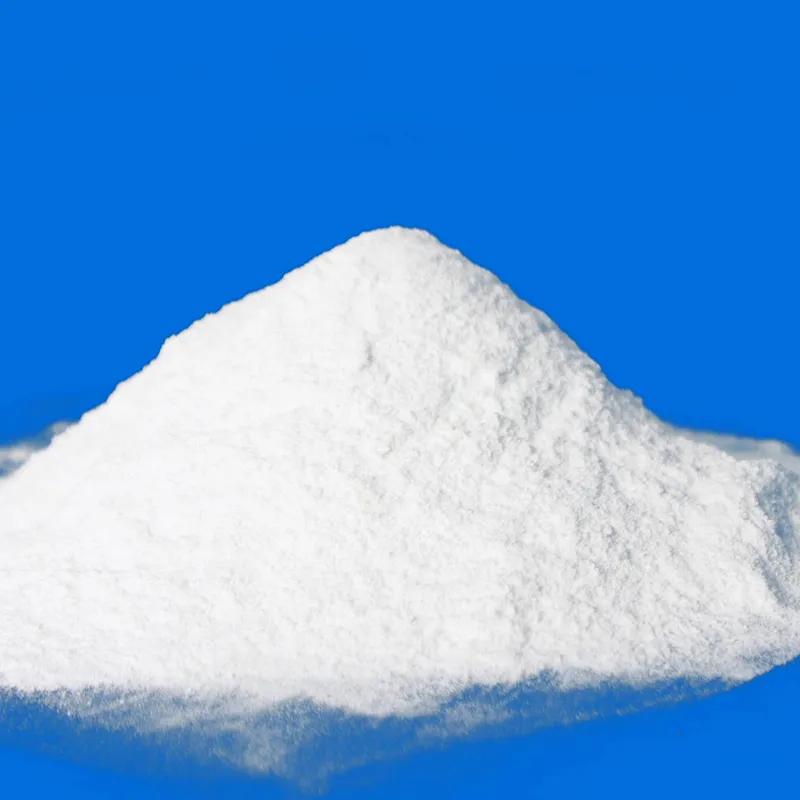
emulsifier in milk
The Role of Emulsifiers in Milk Enhancing Texture and Stability
Milk is a complex emulsion of fat globules in water, containing a variety of proteins, lactose, and minerals. Its structure is crucial for its sensory characteristics, texture, and stability. However, the natural emulsifying properties of milk can sometimes fall short, particularly in processed dairy products. This is where emulsifiers come into play. Emulsifiers are compounds that help stabilize mixtures of fat and water, preventing separation and enhancing mouthfeel. This article explores the role of emulsifiers in milk, their types, functionalities, and implications for health and nutrition.
Understanding Emulsifiers
Emulsifiers are typically amphiphilic molecules, meaning they possess both hydrophilic (water-attracting) and hydrophobic (water-repelling) properties. This dual nature allows them to reduce the surface tension between disparate phases, such as oil and water. In dairy products, emulsifiers help to disperse fat droplets, ensuring that they remain suspended in the liquid. This results in a smoother, more stable product, which is particularly important for items like cream, yogurt, and cheese.
Common emulsifiers used in milk include lecithin, mono- and diglycerides, gums, and whey protein. Each of these emulsifiers has unique properties that contribute to the overall texture and stabilization of the product. For instance, lecithin, which is derived from soybeans or egg yolks, is widely used due to its effectiveness and natural origin. It not only stabilizes emulsions but also enhances the creamy mouthfeel of dairy products.
The Importance of Emulsifiers in Dairy Processing
In the processing of milk and dairy products, emulsifiers are essential for achieving the desired texture and consistency. For instance, they play a critical role in the production of ice cream, where maintaining the stability of fat droplets is vital for preventing a grainy texture during freezing. Emulsifiers ensure that air can be effectively incorporated into the mixture, resulting in a light, fluffy product.
Moreover, emulsifiers are instrumental in the production of low-fat and fat-free dairy products. These products often require the incorporation of emulsifiers to mimic the desirable mouthfeel and creaminess associated with full-fat versions. Without emulsifiers, low-fat products may feel watery or lack the richness expected by consumers.
emulsifier in milk

Nutritional Implications
While emulsifiers provide numerous benefits in terms of texture and stability, their nutritional implications have garnered attention in recent years. Some studies suggest that certain emulsifiers may affect gut health by altering the composition of gut microbiota or increasing intestinal permeability. However, the research is still in its infancy, and more investigations are needed to fully understand these potential effects.
It is also important to note that many emulsifiers used in dairy products are generally recognized as safe (GRAS) by regulatory authorities, such as the FDA. This means that, when consumed in moderation as part of a balanced diet, they pose little to no risk to health.
Consumer Perception and Trends
In recent years, there has been a growing trend toward clean-label products, with consumers increasingly seeking transparency in food ingredients. This shift has prompted some dairy manufacturers to reformulate products to reduce or eliminate synthetic emulsifiers, opting instead for natural alternatives. This has led to the rising popularity of products that rely on natural emulsifiers derived from whole foods, such as plant-based gums or proteins.
As consumers become more health-conscious, the emphasis on natural ingredients and perceived health benefits will likely shape the future of emulsifiers in dairy processing. Manufacturers are now challenged to balance the functional benefits of emulsifiers with the demand for cleaner labels, leading to innovation in ingredient sourcing and product formulation.
Conclusion
Emulsifiers are integral to the texture and stability of milk and dairy products. They enhance mouthfeel, prevent separation, and ensure a consistent product that meets consumer expectations. While their nutritional implications require further research, emulsifiers, particularly those sourced from natural ingredients, can play a vital role in modern dairy processing. As consumer preferences evolve, the dairy industry will continue to adapt, aiming to deliver high-quality products that align with health and wellness trends.
-
Buy High-Quality Trichloroisocyanuric Acid for Sale | TCCA 90% SupplierNewsAug.30,2025
-
Pure Sodium Dichloroisocyanurate Dihydrate | Powerful DisinfectantNewsAug.29,2025
-
Industrial Chemicals: Quality & Purity for Every IndustryNewsAug.28,2025
-
Nitrile Rubber Honoring Strict Production StandardsNewsAug.22,2025
-
Aspartame Ingredients Honoring Food Safety ValuesNewsAug.22,2025
-
Fertilizer for Balanced Plant NutritionNewsAug.22,2025
-
Cyanide Gold Processing with High Purity AdditivesNewsAug.22,2025
Hebei Tenger Chemical Technology Co., Ltd. focuses on the chemical industry and is committed to the export service of chemical raw materials.
-

view more DiethanolisopropanolamineIn the ever-growing field of chemical solutions, diethanolisopropanolamine (DEIPA) stands out as a versatile and important compound. Due to its unique chemical structure and properties, DEIPA is of interest to various industries including construction, personal care, and agriculture. -

view more TriisopropanolamineTriisopropanolamine (TIPA) alkanol amine substance, is a kind of alcohol amine compound with amino and alcohol hydroxyl, and because of its molecules contains both amino and hydroxyl. -

view more Tetramethyl Thiuram DisulfideTetramethyl thiuram disulfide, also known as TMTD, is a white to light-yellow powder with a distinct sulfur-like odor. It is soluble in organic solvents such as benzene, acetone, and ethyl acetate, making it highly versatile for use in different formulations. TMTD is known for its excellent vulcanization acceleration properties, which makes it a key ingredient in the production of rubber products. Additionally, it acts as an effective fungicide and bactericide, making it valuable in agricultural applications. Its high purity and stability ensure consistent performance, making it a preferred choice for manufacturers across various industries.





